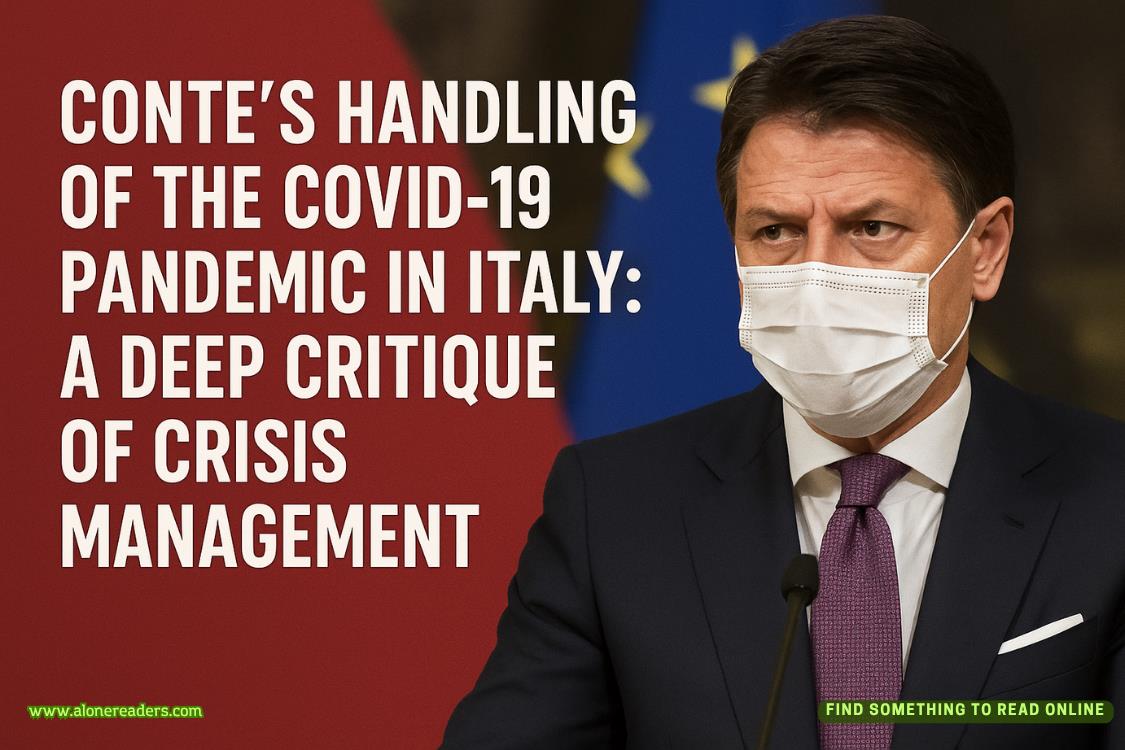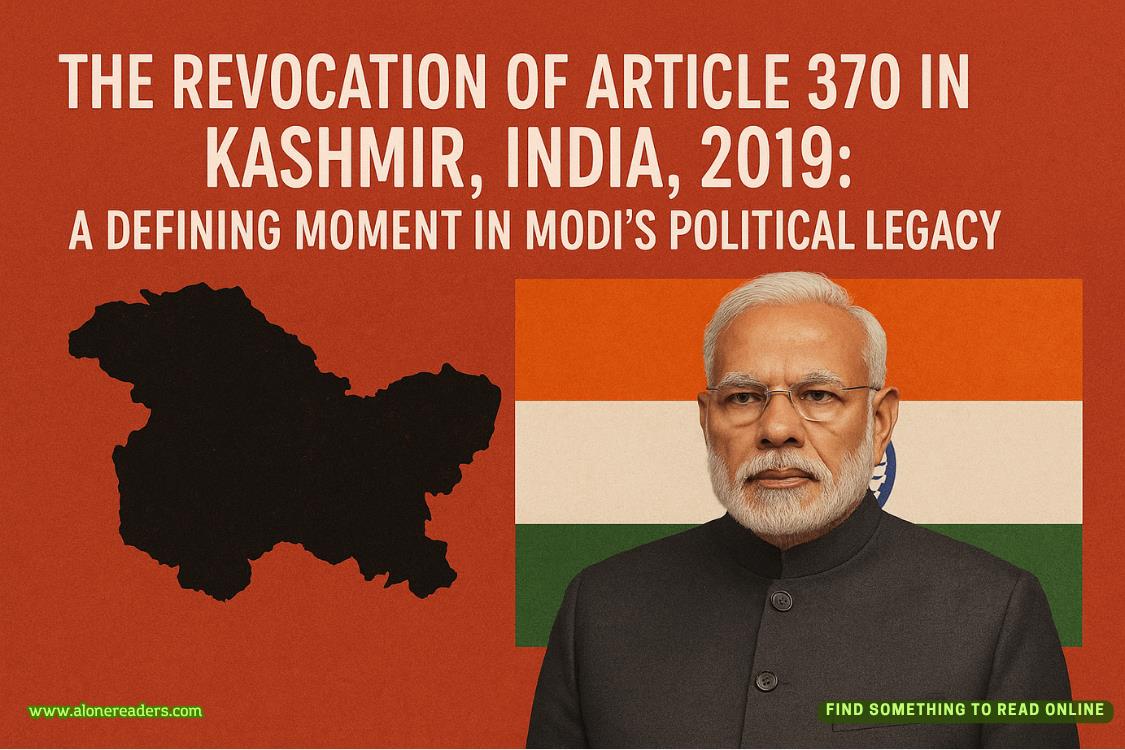Page 9 of Outbreak Protocol
A search for recent epidemiological publications leads me to several papers authored by Dr. Erik Lindqvist,a Swedish epidemiologist specializing in emerging infectious diseases. His work on early detection systems for novel pathogens is exactly what I need.
I begin drafting an email, formal at first, then delete it and start again with raw honesty.
Dr. Lindqvist,
I'm Dr. Felix Müller, an emergency physician at University Hospital Hamburg. Over the past three weeks, I've documented 31 cases of what appears to be an unidentified infectious disease with alarming characteristics. Local authorities have dismissed my concerns as seasonal variation in influenza presentation.
The illness begins with flu-like symptoms but rapidly progresses to include neurological complications, hemorrhagic manifestations, and multi-organ failure. Current mortality rate is approximately 65%. I've observed clusters suggesting community transmission, with possible zoonotic origin (multiple cases mentioned sick or deceased pets prior to symptom onset).
Hospital administration has explicitly discouraged further investigation or external reporting. I'm contacting you directly because I believe we're facing something that requires immediate expert attention. I've attached my documentation of all cases, including clinical progression, geographical distribution, and possible epidemiological links.
I understand this is an unusual approach, but I'm increasingly concerned that bureaucratic delays are costing lives. I would greatly appreciate your assessment of whether these cases warrant ECDC involvement.
Respectfully,
Dr. Felix Müller
Emergency Medicine
University Hospital Hamburg
I attach my meticulously compiled spreadsheets, anonymized case notes, and the crude epidemic curve I've been tracking. My finger hovers over the send button.
This could end my career at the hospital. Hartmann would view it as insubordination, going over his head to an externalagency. The Mayor's office would be furious about potential negative publicity before their precious trade conference.
But then I remember Friedrich Heinz's knowing eyes.Whatever this is, it jumps boundaries.I think of Martin Meier asking if his mother will die. Of the kindergarten teacher whose students are now falling ill. Of all the patients whose names and faces stay with me long after my shifts end.
I press send.
Whatever the professional consequences, I can't stay silent while people die of a disease no one is willing to name. Sometimes being a good doctor means being a terrible employee. I've made my choice.
Now I wait for Dr. Lindqvist to make his.
CHAPTER FOUR
Day 22
ERIK
The notification chime from my email pierces the early morning quiet of the ECDC surveillance centre at 5:47 AM as I open my email inbox for the first time this morning. I've been at my desk since four, working through overnight reports from the automated early warning systems across twenty-seven member states. Coffee steam rises from my second cup as I click through routine influenza surveillance updates, hospital admissions data, and laboratory confirmations of seasonal pathogens.
The subject line stops me cold:Urgent - Unidentified Disease Cluster Hamburg - Request ECDC Assessment.
The sender's credentials check out immediately—Dr. Felix Müller, emergency medicine, University Hospital Hamburg. I pull up his professional profile while the email loads. Pathology residency before transitioning to emergency medicine, published research on diagnostic accuracy in acute presentations, clean academic record. Not someone prone to panic.
His message is direct, clinical, refreshingly free of administrativehedging.31 cases of what appears to be an unidentified infectious disease with alarming characteristics.I lean forward, reading more carefully. The mortality rate alone—thirty percent—demands attention, but it's the description of symptoms that makes my pulse quicken. Neurological complications paired with hemorrhagic manifestations. Multi-organ failure. Possible zoonotic origin.
I open the first attachment, a meticulously organized spreadsheet tracking cases by date, location, and clinical progression. Each row represents a human being, but my mind immediately shifts into analytical mode, scanning for patterns that might reveal the nature of this threat.
The temporal distribution jumps out first. Cases clustered in the past three weeks, with increasing frequency over the last ten days. Classic epidemic curve behaviour, suggesting ongoing transmission. I trace my finger across the geographic data—twenty-seven cases within a fifteen-kilometer radius of central Hamburg, four cases in surrounding municipalities. Distinct spatial clustering with gradual geographic expansion.
The clinical data is even more striking. Dr. Müller has documented symptom onset times, progression rates, and outcomes with scientific precision. Initial presentation consistently includes high fever, severe headache, and myalgia—standard viral syndrome symptoms that any emergency physician sees dozens of times weekly during flu season. But the progression data tells a different story.
Day two to three: confusion, altered mental status, photophobia. Neurological involvement, suggesting either direct CNS invasion or significant inflammatory response.
Day four to six: petechial rash, epistaxis, gastrointestinal bleeding. Hemorrhagic manifestations indicating either thrombocytopenia or direct vascular damage.
Day seven onwards: acute kidney injury, respiratory failure, altered liver function. Multi-organ system involvement with rapid deterioration.















